Olive Egger: A Stunning Green Egg Layer
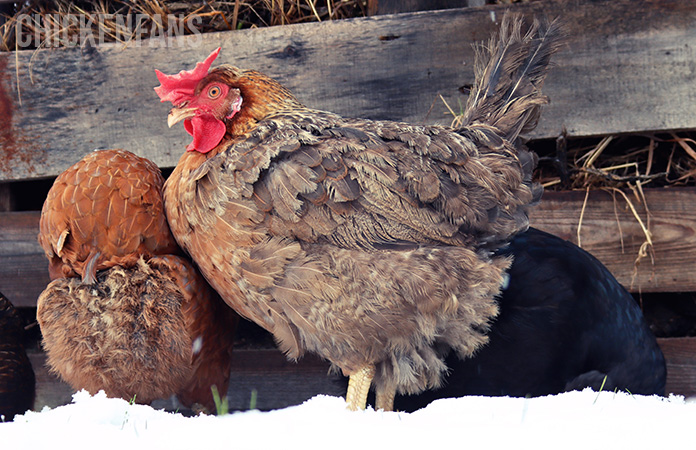
If you’re looking for a chicken that can lay beautiful pastel to dark green eggs, then the Olive Egger is the one for you. These friendly and highly intelligent chickens will not only provide you with a carton full of beautiful olive eggs, but they also make great companions to have around your backyard.
- Olive Egger hens lay up to 3 to 5 eggs weekly
- Hybrid mix of a blue egg layer and a brown egg layer
- Produces stunning light to dark green eggs
- Beginner-friendly breed
Characteristics
Before diving deeper into the looks and personality of the Olive Egger, you need to realize that Olive Eggers are not a recognized chicken breed. Instead, these beautiful birds are a hybrid between a blue egg layer, such as the Cream Legbar, and a dark brown egg layer, like the Barnevelder.
Because of an Olive Eggers’ uniqueness, it can prove difficult to distinguish them. However, there are a few key features to keep in mind when determining their heritage. Here are some common characteristics of the Olive Egger.
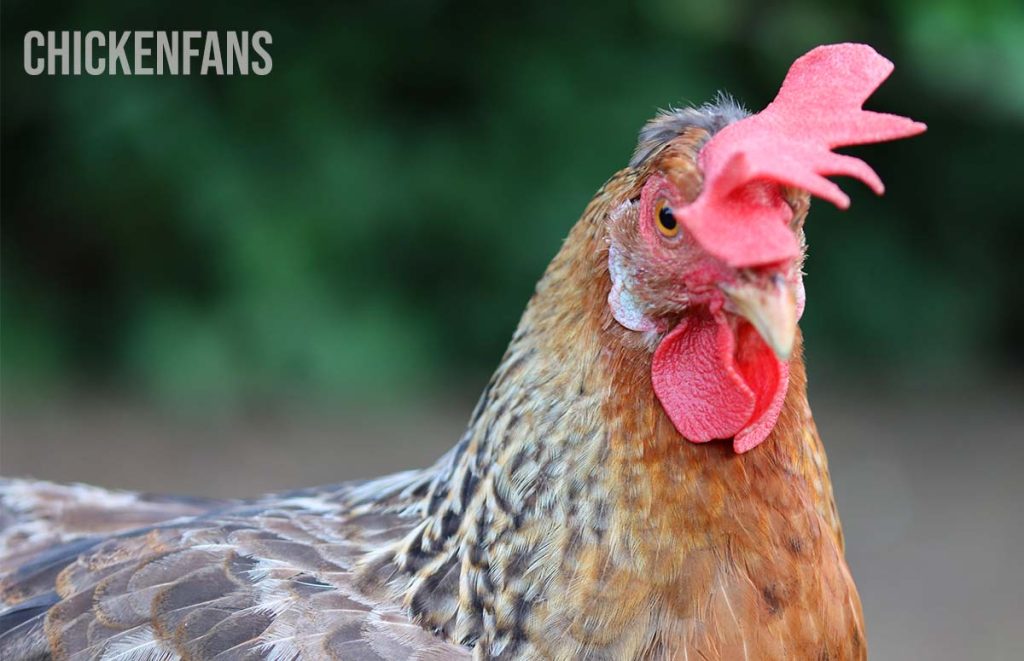
- They usually have black, brownish, or gray plumage.
- Most have muffs, beards, or crests, although some do not exhibit these features.
- When it comes to their size, they are similar to an average chicken.
- Pea combs and feathered legs are two features that they can have, depending on the breeds of their parents.
- They have a wide personality range due to their diversity but are mostly mellow and friendly, making them easy to raise around children.
Egg Color
When an Olive Egger lays an egg, the resulting color is not a mix between blue and brown. Instead, the colors lay on top of one another. Normally, they produce blue eggs with a brown pigment on top of them, making the eggs appear green.
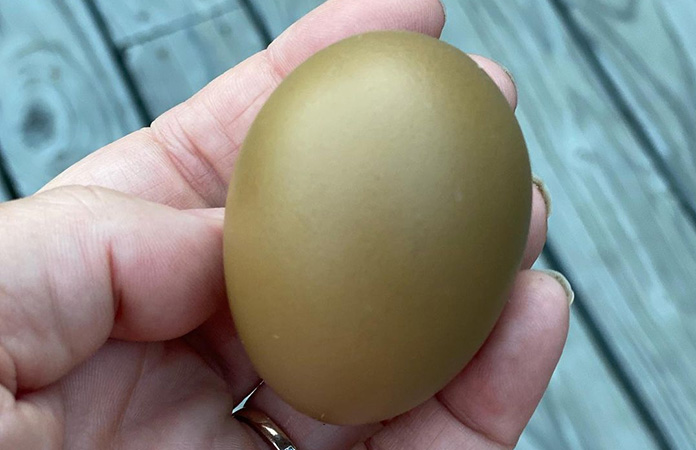
Depending on the breeds used to create this hybrid chicken, the shade of green on its eggs can vary greatly. They can range from a light green color to a dark green, similar to an avocado’s. Sometimes, their eggs can even come out gray.
When breeding with Olive Eggers, mixing an Olive Egger with a dark brown egg layer is possible to create a deeper, darker shade of green. Or mix an Olive Egger with a blue egg layer to get a lighter egg color.
Once you get the hang of it, it can be quite fun experimenting with creating the most beautiful green egg layers.
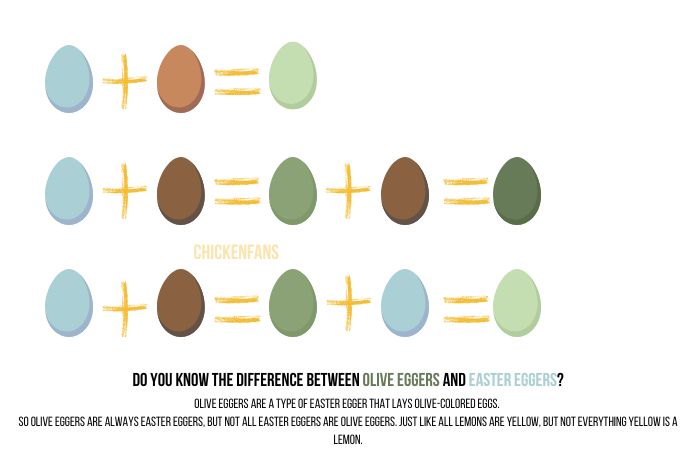
How Does an Egg Get Its Color?
Genetics determine the color of an egg. In the case of an Olive Egger, having both a brown egg layer and a blue egg layer as its parents gives it the ability to produce green eggs.
But how exactly does that work?
Well, you need to dive deeper into egg color genetics. For one, all eggs start white during the first twenty hours or so. But in the last few hours of the egg-making process, the fun starts.
For a brown egg layer, they deposit the pigment protoporphyrin late in forming an eggshell, typically in the last two hours or less. As such, the brown tint doesn’t permeate through the shell. If you look inside a brown egg, you will see that the interior is still white.
On the other hand, blue egg layers deposit the pigment oocyanin on the egg much earlier during its journey through the oviduct. In that case, you’ll see blue eggs exhibit that color on the inside of the egg as well as the outside.
The eggshell colors of an Olive Egger don’t mix with one another to produce that green hue. Instead, they overlap.
The blue pigment coats the egg first before the brown pigment lays on top of it. This results in a green egg. Be careful to remember that not all Olive Eggers lay dark green eggs. All hues of green are possible, including very light green.
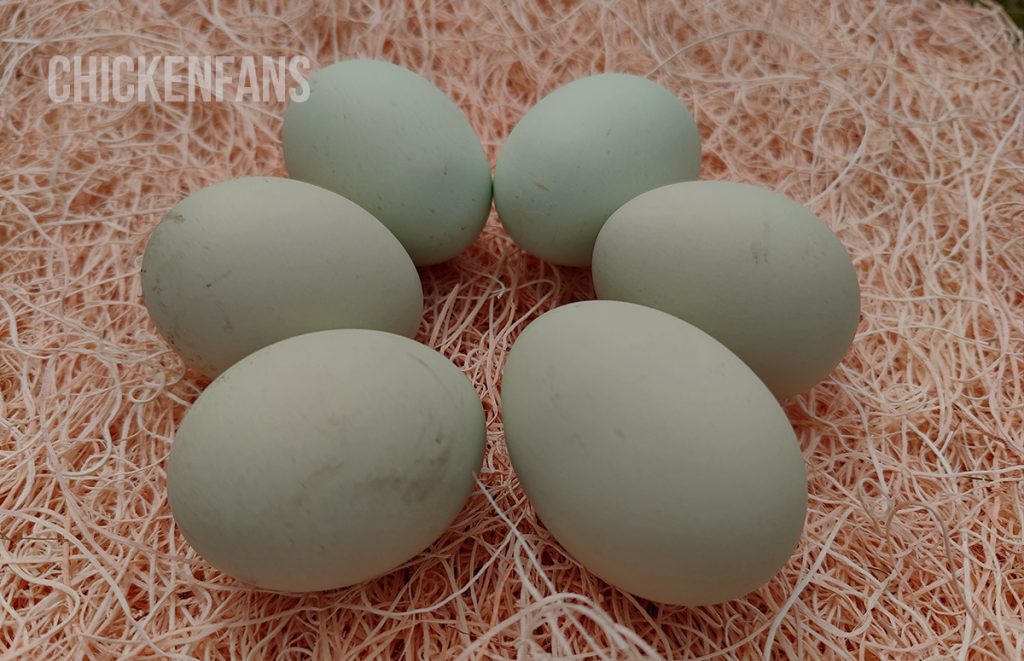
If you want to learn more about egg colors, you can check out the article ‘Egg Color Genetics‘.
What’s the Difference Between Olive Eggers and Easter Eggers?
Even though they are the same kind of hybrid, with both needing a blue egg layer and a brown egg layer to create them, they are different. Olive Eggers are a type of Easter Eggers that only produce green eggs, while Easter Eggers can produce a variety of colors.
In other words, every Olive Egger is an Easter Egger, but the reverse doesn’t apply. Additionally, an Olive Egger is usually bigger than your average Easter Egger.
Personality
While an Olive Egger can have a wide range of personalities, depending on its parents, they are generally friendly and docile. As such, they make great pets around children, as some chicken enthusiasts compare them to dogs, which you can easily train using treats.
Additionally, they are active foragers and love to roam around. As such, they do well in backyards that have plenty of space.
On top of that, they’re also an easy target for predators. So make sure to keep an eye on them to prevent any disasters from happening.
Egg Production
The olive-green eggs that an Olive Egger produces are the main reason why many chicken enthusiasts love to raise them. They lay at least three to five eggs weekly, between 140 and 200 eggs a year. Of course, this amount may vary from bird to bird.
You can expect Olive Eggers to start laying beautiful green eggs as early as five months old and continue to lay consistently for the next five to eight years. The eggs that they produce are usually medium to large.
So even though an Olive Egger doesn’t produce nearly as many eggs as other hybrids, you can count on their consistency.
Additionally, their broodiness depends on their parents. But more often than not, Olive Eggers are generally broody and often love to explore.
Meat Production
Unlike their excellence when it comes to producing beautiful olive-green eggs, Olive Eggers are not the best regarding meat production. Because of their medium size, they don’t provide very much meat.
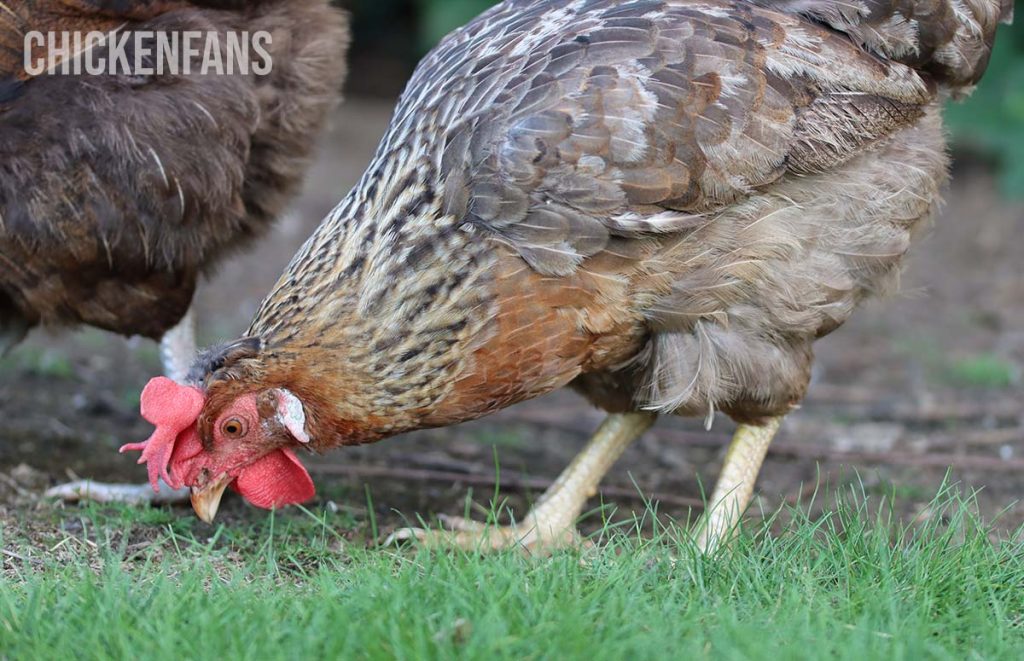
However, some hybrids can provide a substantial amount of meat at times. Olive Eggers with Marans‘ blood can deliver enough meat because Marans produce quite large roosters.
If you’re thinking of raising an Olive Egger for both eggs and meat, consider keeping one that has a Marans parent.
Hardiness
Olive Eggers can do well in any climate but are primarily cold-hardy. As such, they’re an ideal breed when living in an environment with varying seasons.
However, even the healthiest birds can still succumb to extreme heat or cold. Always make sure to give them plenty of fresh water during the summer and provide them with plenty of shady resting areas.
During cold winter months, keep their coop above or around freezing temperatures or above. Also, make sure to regularly check if their drinking water is frozen or not. This is to prevent dehydration.
Consider installing an automatic chicken door in their coop as well. Due to their docile personality and small stature, this provides them with protection from predators.
Summary
If you’re in the market for friendly and easy to raise chickens while providing you with beautiful green eggs, then Olive Eggers are the right hybrid for you. These chickens make great companions for you and your family and can produce eggs with different shades of green.
If you want to learn more about chicken breeds that lay green eggs, check out our ‘Best Egg Layers That Lay Green Eggs‘.






















